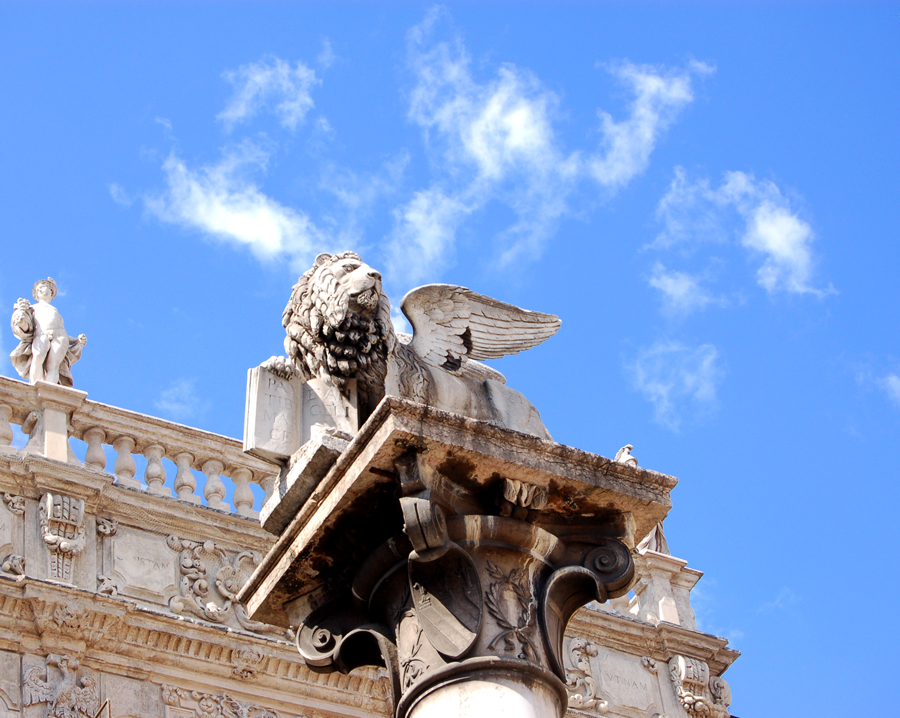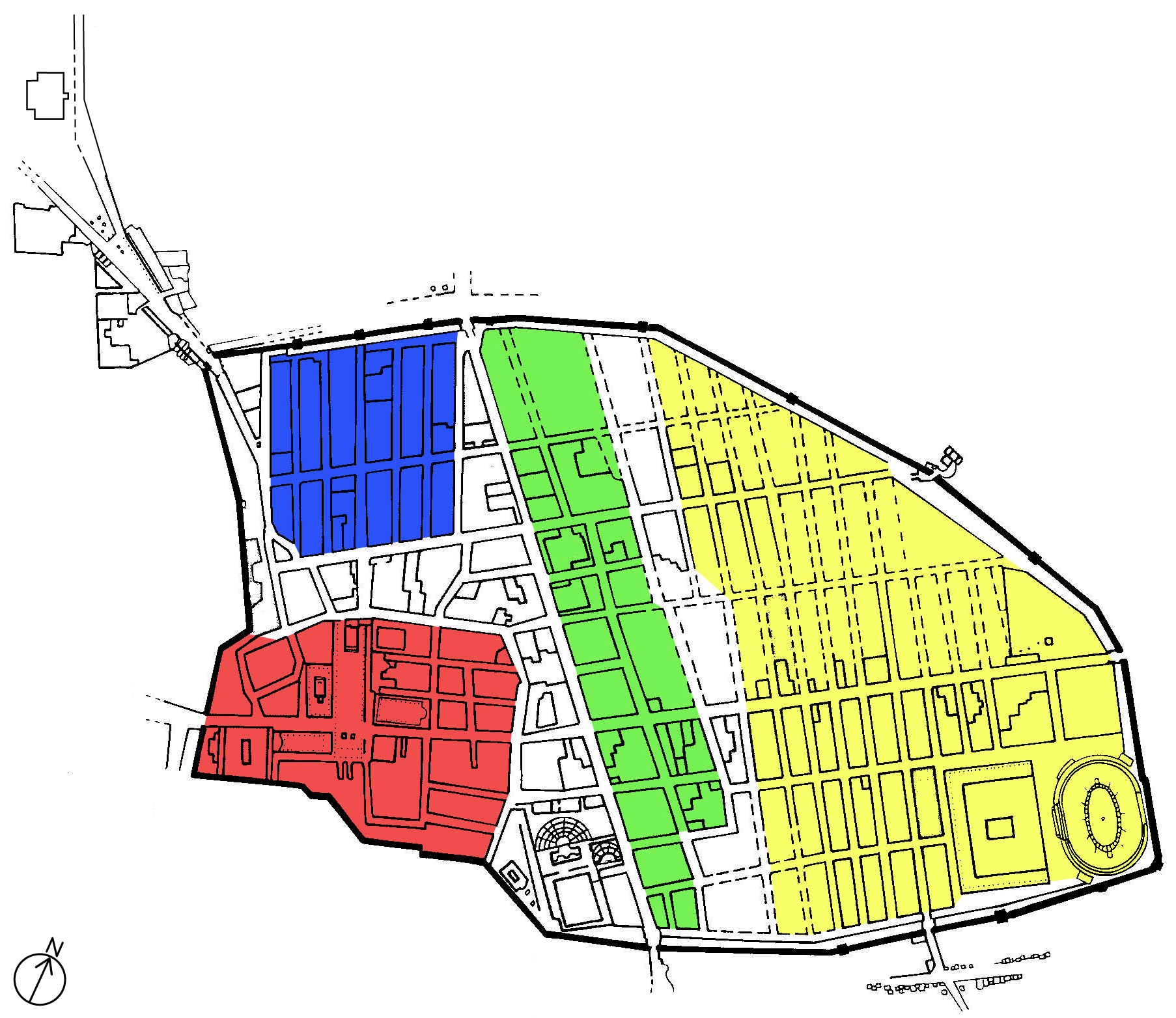|
Théodore Dubois
Clément François Théodore Dubois (; 24 August 1837 – 11 June 1924) was a French Romantic music, Romantic composer, organist, and music teacher. After study at the Paris Conservatoire, Dubois won France's premier musical prize, the Prix de Rome in 1861. He became an organist and choirmaster at several well-known churches in Paris, and at the same time was a professor in the Conservatoire, teaching harmony from 1871 to 1891 and composition from 1891 to 1896, when he succeeded Ambroise Thomas as the Conservatoire's director. He continued his predecessor's strictly conservative curriculum and was forced to retire early after a scandal erupted over the faculty's attempt to rig the Prix de Rome competition to prevent the modernist Maurice Ravel from winning. As a composer, Dubois was seen as capable and tasteful, but not strikingly original or inspired. He hoped for a career as an opera composer, but became better known for his church compositions. His books on music theory were in ... [...More Info...] [...Related Items...] OR: [Wikipedia] [Google] [Baidu] |
Opera Seria
''Opera seria'' (; plural: ''opere serie''; usually called ''dramma per musica'' or ''melodramma serio'') is an Italian musical term which refers to the noble and "serious" style of Italian opera that predominated in Europe from the 1710s to about 1770. The term itself was rarely used at the time and only attained common usage once ''opera seria'' was becoming unfashionable and beginning to be viewed as something of a historical genre. The popular rival to ''opera seria'' was ''opera buffa,'' the 'comic' opera that took its cue from the improvisatory commedia dell'arte. An opera seria had a historical or Biblical subject, whereas an opera buffa had a contemporary subject. Italian ''opera seria'' (invariably to Italian libretto, libretti) was produced not only in Italy but almost throughout Europe, and beyond (see Opera in Latin America, Opera in Cuba e. g.). Among the main centres in Europe were the Royal court, court operas based in Warsaw (since 1628), Bavarian State Opera, ... [...More Info...] [...Related Items...] OR: [Wikipedia] [Google] [Baidu] |
Buffo
Opera buffa (, "comic opera"; : ''opere buffe'') is a genre of opera. It was first used as an informal description of Italian comic operas variously classified by their authors as ''commedia in musica'', ''commedia per musica'', ''dramma bernesco'', ''dramma comico'', ''divertimento giocoso''. Especially associated with developments in Naples in the first half of the 18th century, whence its popularity spread to Rome and northern Italy, ''buffa'' was at first characterized by everyday settings, local dialects, and simple vocal writing (the basso buffo is the associated voice type), the main requirement being clear diction and facility with patter. ''The New Grove Dictionary of Opera'' considers ''La Cilla'' (music by Michelangelo Faggioli, text by , 1706) and Luigi and Federico Ricci's'' Crispino e la comare'' (1850) to be the first and last appearances of the genre, although the term is still occasionally applied to newer work (for example Ernst Krenek's ''Zeitoper'' ''Schwer ... [...More Info...] [...Related Items...] OR: [Wikipedia] [Google] [Baidu] |
Florence
Florence ( ; ) is the capital city of the Italy, Italian region of Tuscany. It is also the most populated city in Tuscany, with 362,353 inhabitants, and 989,460 in Metropolitan City of Florence, its metropolitan province as of 2025. Florence was a centre of Middle Ages, medieval European trade and finance and one of the wealthiest cities of that era. It is considered by many academics to have been the birthplace of the Renaissance, becoming a major artistic, cultural, commercial, political, economic and financial center. During this time, Florence rose to a position of enormous influence in Italy, Europe, and beyond. Its turbulent political history includes periods of rule by the powerful House of Medici, Medici family and numerous religious and republican revolutions. From 1865 to 1871 the city served as the capital of the Kingdom of Italy. The Florentine dialect forms the base of Italian language, standard Italian and it became the language of culture throughout Italy due to ... [...More Info...] [...Related Items...] OR: [Wikipedia] [Google] [Baidu] |
Milan
Milan ( , , ; ) is a city in northern Italy, regional capital of Lombardy, the largest city in Italy by urban area and the List of cities in Italy, second-most-populous city proper in Italy after Rome. The city proper has a population of nearly 1.4 million, while its Metropolitan City of Milan, metropolitan city has 3.2 million residents. Within Europe, Milan is the fourth-most-populous List of urban areas in the European Union, urban area of the EU with 6.17 million inhabitants. According to national sources, the population within the wider Milan metropolitan area (also known as Greater Milan) is estimated between 7.5 million and 8.2 million, making it by far the List of metropolitan areas of Italy, largest metropolitan area in Italy and List of metropolitan areas in Europe, one of the largest in the EU.* * * * Milan is the economic capital of Italy, one of the economic capitals of Europe and a global centre for business, fashion and finance. Milan is reco ... [...More Info...] [...Related Items...] OR: [Wikipedia] [Google] [Baidu] |
Mantua
Mantua ( ; ; Lombard language, Lombard and ) is a ''comune'' (municipality) in the Italian region of Lombardy, and capital of the Province of Mantua, eponymous province. In 2016, Mantua was designated as the "Italian Capital of Culture". In 2017, it was named as the "European Capital of Gastronomy", included in the Eastern Lombardy District (together with the cities of Bergamo, Brescia, and Cremona). In 2008, Mantua's ''centro storico'' (old town) and the nearby of Sabbioneta were declared by UNESCO to be a World Heritage Site. Mantua's historic power and influence under the House of Gonzaga, Gonzaga family between 1328 and 1708 made it one of the main artistic, culture, cultural, and especially musical hubs of Northern Italy and of Italy as a whole. It had one of the most splendid courts of Europe of the fifteenth, sixteenth, and early seventeenth centuries. Mantua is noted for its significant role in the history of opera; the city is also known for its architectural treasur ... [...More Info...] [...Related Items...] OR: [Wikipedia] [Google] [Baidu] |
Verona
Verona ( ; ; or ) is a city on the Adige, River Adige in Veneto, Italy, with 255,131 inhabitants. It is one of the seven provincial capitals of the region, and is the largest city Comune, municipality in the region and in Northeast Italy, northeastern Italy. The metropolitan area of Verona covers an area of and has a population of 714,310 inhabitants. It is one of the main tourist destinations in Northern Italy because of its artistic heritage and several annual fairs and shows as well as the Opera, opera season in the Verona Arena, Arena, an ancient Ancient Rome, Roman Amphitheatre, amphitheater. Between the 13th and 14th centuries, the city was ruled by the Scaliger, della Scala family. Under the rule of the family, in particular of Cangrande I della Scala, the city experienced great prosperity, becoming rich and powerful and being surrounded by new walls. The della Scala era is preserved in numerous monuments around Verona. Two of William Shakespeare's plays are set in Ve ... [...More Info...] [...Related Items...] OR: [Wikipedia] [Google] [Baidu] |
Venice
Venice ( ; ; , formerly ) is a city in northeastern Italy and the capital of the Veneto Regions of Italy, region. It is built on a group of 118 islands that are separated by expanses of open water and by canals; portions of the city are linked by 438 bridges. The islands are in the shallow Venetian Lagoon, an enclosed bay lying between the mouths of the Po River, Po and the Piave River, Piave rivers (more exactly between the Brenta (river), Brenta and the Sile (river), Sile). As of 2025, 249,466 people resided in greater Venice or the Comune of Venice, of whom about 51,000 live in the historical island city of Venice (''centro storico'') and the rest on the mainland (''terraferma''). Together with the cities of Padua, Italy, Padua and Treviso, Italy, Treviso, Venice is included in the Padua-Treviso-Venice Metropolitan Area (PATREVE), which is considered a statistical metropolitan area, with a total population of 2.6 million. The name is derived from the ancient Adr ... [...More Info...] [...Related Items...] OR: [Wikipedia] [Google] [Baidu] |
Pompeii
Pompeii ( ; ) was a city in what is now the municipality of Pompei, near Naples, in the Campania region of Italy. Along with Herculaneum, Stabiae, and Villa Boscoreale, many surrounding villas, the city was buried under of volcanic ash and pumice in the eruption of Mount Vesuvius in 79 AD. Largely preserved under the ash, Pompeii offers a unique snapshot of Culture of ancient Rome, Roman life, frozen at the moment it was buried, as well as insight into ancient urban planning. It was a wealthy town of 10,000 to 20,000 residents at the time it was destroyed. It hosted many fine public buildings and luxurious private houses with lavish decorations, furnishings and artworks, which were the main attractions for early excavators; subsequent excavations have found hundreds of private homes and businesses reflecting various architectural styles and social classes, as well as numerous public buildings. Organic remains, including wooden objects and human bodies, were interred in the as ... [...More Info...] [...Related Items...] OR: [Wikipedia] [Google] [Baidu] |
Naples
Naples ( ; ; ) is the Regions of Italy, regional capital of Campania and the third-largest city of Italy, after Rome and Milan, with a population of 908,082 within the city's administrative limits as of 2025, while its Metropolitan City of Naples, province-level municipality is the third most populous Metropolitan cities of Italy, metropolitan city in Italy with a population of 2,958,410 residents, and the List of urban areas in the European Union, eighth most populous in the European Union. Naples metropolitan area, Its metropolitan area stretches beyond the boundaries of the city wall for approximately . Naples also plays a key role in international diplomacy, since it is home to NATO's Allied Joint Force Command Naples and the Parliamentary Assembly of the Mediterranean. Founded by Greeks in the 1st millennium BC, first millennium BC, Naples is one of the oldest continuously inhabited urban areas in the world. In the eighth century BC, a colony known as Parthenope () was e ... [...More Info...] [...Related Items...] OR: [Wikipedia] [Google] [Baidu] |
Sistine Chapel
The Sistine Chapel ( ; ; ) is a chapel in the Apostolic Palace, the pope's official residence in Vatican City. Originally known as the ''Cappella Magna'' ('Great Chapel'), it takes its name from Pope Sixtus IV, who had it built between 1473 and 1481. Since that time, it has served as a place of both religious and functionary papal activity. Today, it is the site of the papal conclave, the process by which a new pope is selected. The chapel's fame lies mainly in the frescoes that decorate its interior, most particularly the Sistine Chapel ceiling and ''The Last Judgment (Michelangelo), The Last Judgment'', both by Michelangelo. During the reign of Sixtus IV, a team of Italian Renaissance painting, Renaissance painters including Sandro Botticelli, Pietro Perugino, Pinturicchio, Domenico Ghirlandaio and Cosimo Rosselli, created a series of frescoes depicting the ''Life of Moses'' and the ''Life of Christ'', offset by papal portraits above and ''trompe-l'œil'' drapery below. They w ... [...More Info...] [...Related Items...] OR: [Wikipedia] [Google] [Baidu] |








